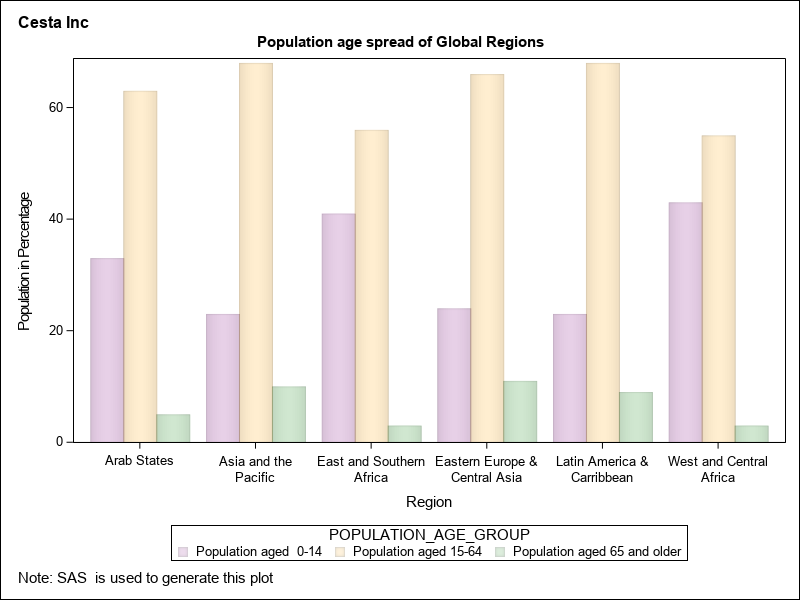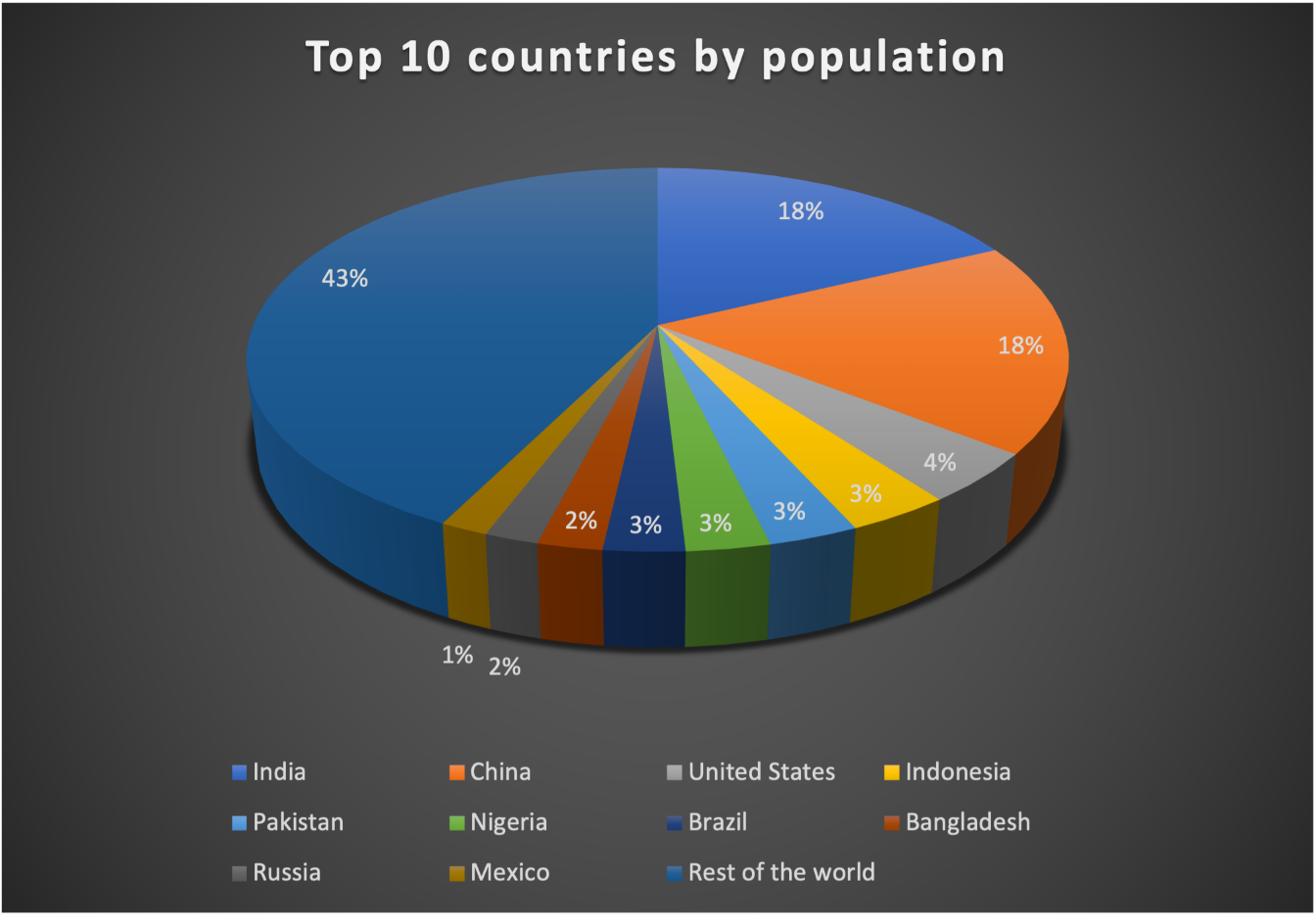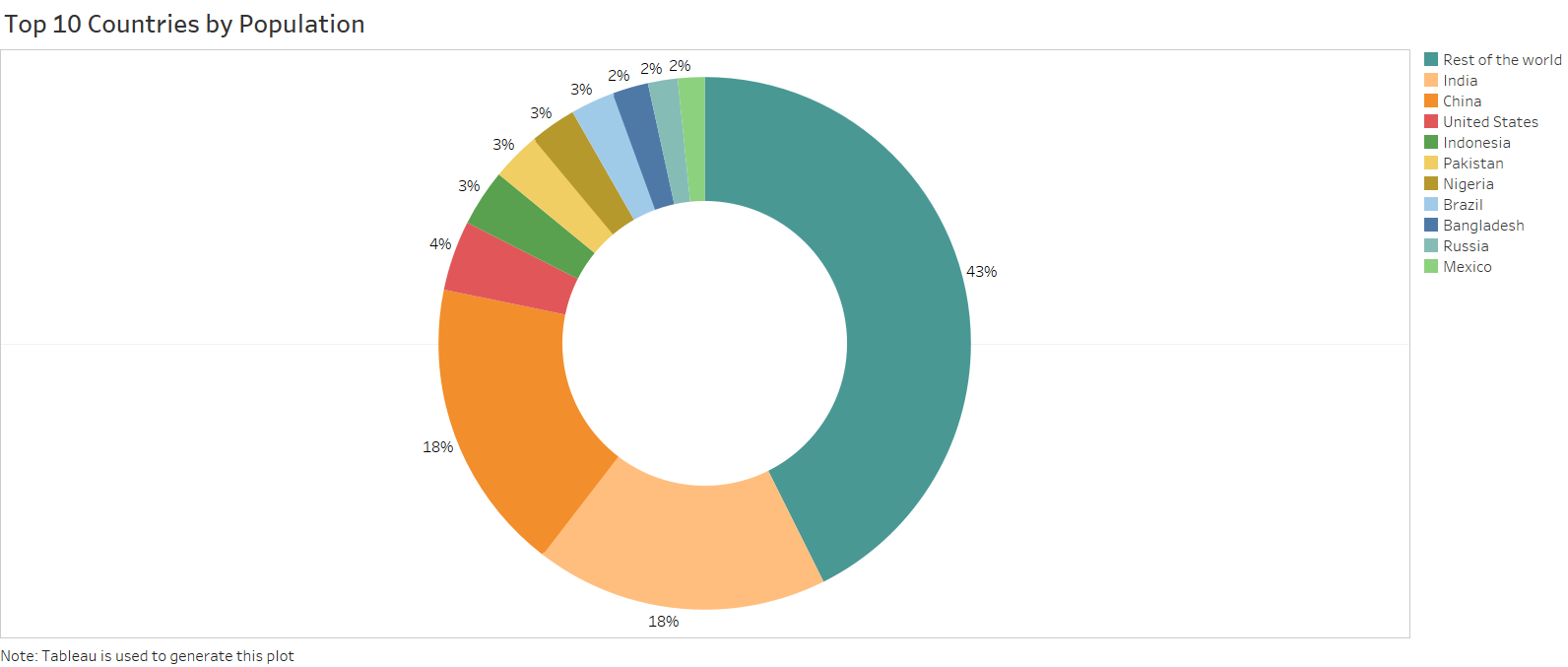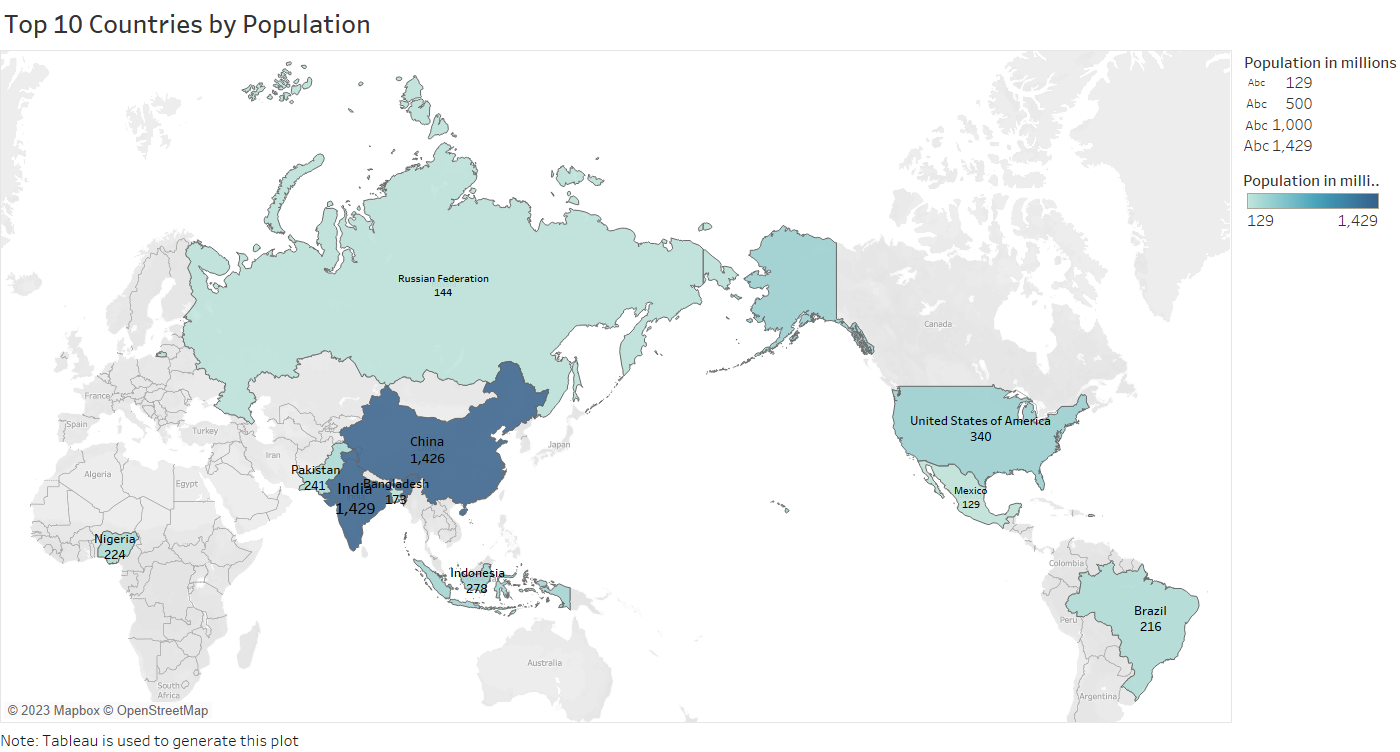Posted : 2023-07-10 10:21:47
World Population Prospects: Young African region's future demographic dividend
When comparing the regions, we can observe variations in the age distribution, with some regions having a larger elderly population, some having a higher proportion of children and young individuals, and others having a significant working-age population as a demographic dividend.
These demographic differences can have various implications:
- Regions with a higher proportion of elderly individuals may face challenges related to healthcare, pension systems, and social support for aging populations. America and Europe region are facing these challenges.
- Regions with a significant working-age population can benefit from a productive labor force, potentially driving economic growth. Asia & Pacific regions enjoying this phase of working population benefits.
- Regions with a larger youth population may need to prioritize education, childcare, and youth-oriented programs. Asia & Pacific and Latin America & Carribbean region going through this phase.
- African regions currently, have a higher younger population proportion (0-14 years) as compared to other regions, and in the next 10 years, the working population proportion will be more in this region which will attract labor-intensive investments to African regions, and this region can leverage demographic dividend in coming decades.
Understanding these age group distributions helps policymakers and organizations plan for the specific needs and challenges associated with each region's demographic profile, including healthcare, education, employment, and social welfare.
From SAS : From Excel :
From Excel :

Top 10 countries by population
Ten countries hold more than 50% of the world's Population. India and China stand out as the most populous nations, followed by the United States. The remaining countries each contribute to the global population but to a lesser extent. The "Rest of the world" category reflects the collective population of numerous other countries, emphasizing the importance of considering global population distribution in its entirety. These population distributions have wide-ranging implications for various aspects, including social and economic development, resource allocation, and policy planning in each country and on a global scale.
From Tableau : From Tableau :
From Tableau :

It is important to note that these graphs are based on the data provided, and additional factors such as population growth, mortality, fertility, and international migration should be considered to get the exact population proportions.
Recent Posts
Reference Intervals for Common Laboratory Tests Unraveling the Epidemic: Mass Shootings in the United States Unmet need for human organ: An upcoming challenge to the Healthcare system in the United States World Population Prospects: Young African region's future demographic dividend Electrifying the Future: A Deep Dive into the Booming EV Market Diabetes: A Growing Problem in the United States